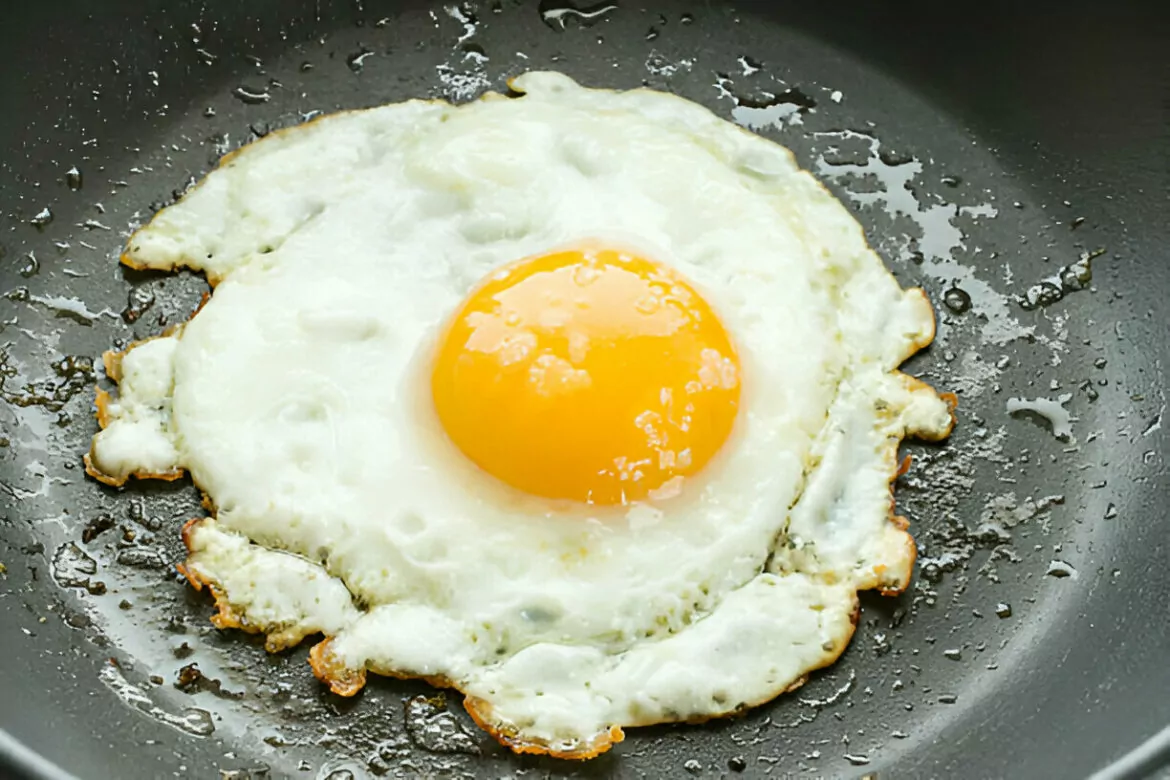Perfecting a fried egg is an essential skill for any home cook, offering simplicity and versatility in one dish. Whether paired with a hearty breakfast or used as a topping for salads and rice bowls, a perfectly fried egg can elevate any meal with its crisp edges and velvety yolk.
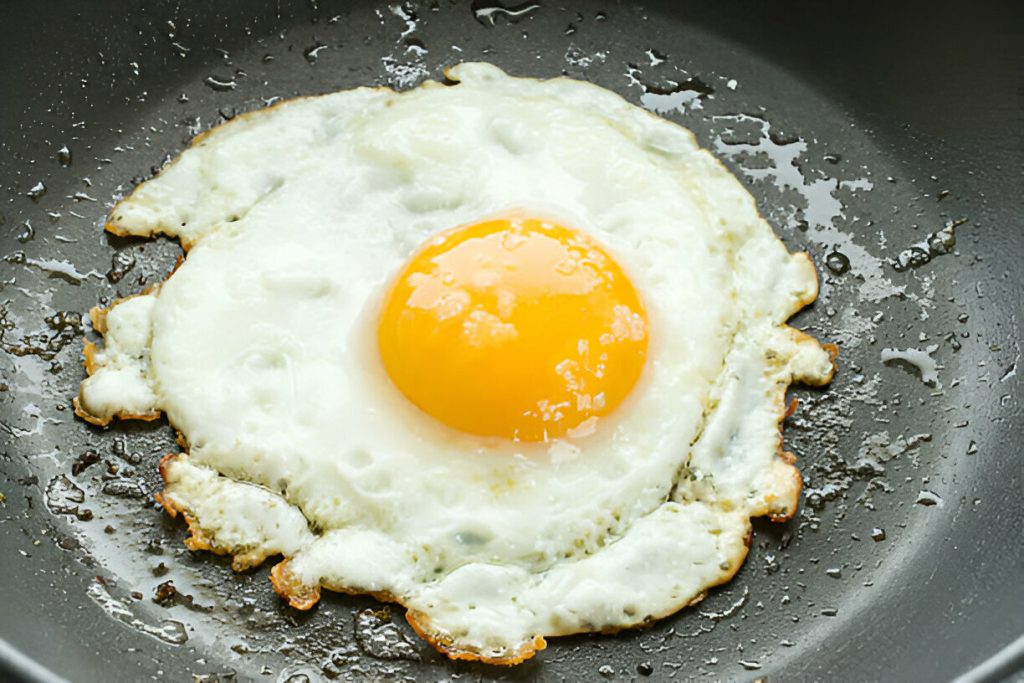
Ingredients Breakdown
Fresh eggs are the key to achieving a vibrant, rich yolk and the best overall flavor. The subtle, nutty taste of extra-virgin olive oil complements the egg while helping to create a perfectly crisp edge. Using high-quality ingredients ensures a satisfying result every time.
Step-by-Step Preparation
Choosing the Right Skillet
For a single egg, a small skillet, ideally cast iron, works best. Its heat-retention properties promote even cooking. For two eggs, a medium-to-large skillet provides enough space to avoid crowding, ensuring each egg cooks evenly.
Preparing the Pan and Egg
Heat your skillet over medium-high heat until a drop of water sizzles and evaporates instantly. Crack the egg into a bowl or ramekin for controlled pouring, reducing the risk of breaking the yolk. Once the skillet is properly heated, reduce the heat to medium and add olive oil, swirling it to coat the pan evenly.
Cooking the Egg to Perfection
Carefully pour the egg into the skillet, avoiding splashes of hot oil. Cook for approximately 2 minutes for a runny yolk or up to 3 minutes for a firmer center. Tilting the pan occasionally helps redistribute the oil, ensuring the edges become crisp and golden.
Adding More Eggs
If cooking multiple eggs, pour each one into its own space in the skillet to prevent merging. Adjust the heat to maintain a steady temperature and add a bit more oil as needed to prevent sticking. Repeat the process for each egg.
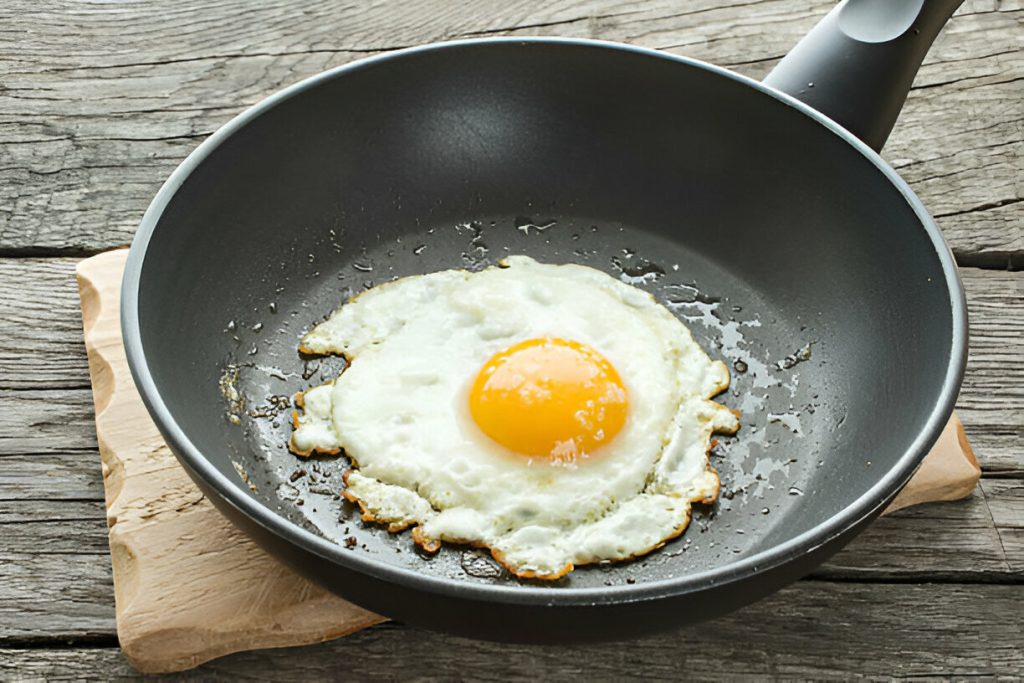
Recipe Tips
Achieving crispy edges:
Start with a properly heated skillet and shimmering oil.
Preventing splatters:
Pour the egg gently into the pan to avoid splashing hot oil.
Perfecting the yolk:
Cover the pan briefly during cooking if you prefer a partially set yolk.
What to Serve With This Recipe
Breakfast Combos:
Pair your fried egg with buttery toast, creamy avocado slices, or crispy hash browns for a classic morning meal.
Light Meals:
Add the fried egg atop a warm grain bowl, sautéed vegetables, or a fresh salad for a simple yet satisfying dish.
Snacks or Appetizers:
Serve on crusty bread with a drizzle of hot sauce, a sprinkle of herbs, or a dash of balsamic glaze for a gourmet snack.
Storage and Reheating Tips
While fried eggs are best enjoyed fresh, they can be stored in an airtight container in the refrigerator for up to one day. Reheat gently in a skillet over low heat, taking care not to overcook the yolk or rubberize the whites.
Frequently Asked Questions
Can I use butter instead of olive oil?
Yes, butter can be used for a richer flavor, but be mindful of its lower smoke point to prevent burning.
What’s the best way to ensure the yolk stays intact when cracking?
Crack the egg on a flat surface and pour it into a bowl first for better control when transferring to the skillet.
How can I achieve over-easy or sunny-side-up variations with this recipe?
For over-easy, gently flip the egg halfway through cooking. For sunny-side-up, avoid flipping and cook just until the whites set.
A fried egg is a timeless classic that can be customized to fit any meal. With its ease of preparation and endless pairing possibilities, this versatile dish is a must-have in any kitchen repertoire. Try experimenting with your preferred yolk consistency and serving ideas to create your perfect egg!
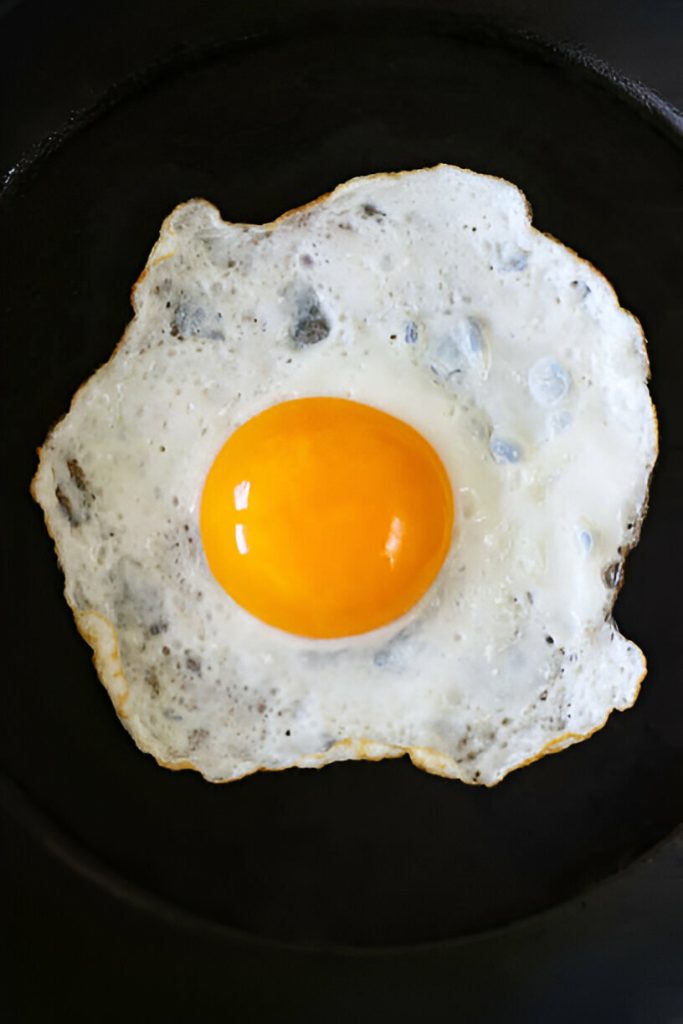
Ingredients
1 egg
1 tablespoon extra-virgin olive oil
Instructions
If you’re cooking a single egg, use a small skillet, preferably cast iron, for best results. For two eggs, opt for a medium-to-large skillet and increase the olive oil to 2 tablespoons.
Begin by cracking the egg into a small bowl or ramekin and set it near the stove for easy handling. Heat your skillet over medium-high heat until a drop of water sizzles and evaporates rapidly upon contact.
Lower the heat to medium and pour the olive oil into the skillet, swirling it around to ensure an even coating on the pan’s surface. The olive oil should shimmer, signaling it’s hot enough.
Carefully pour the egg into the skillet, taking care to avoid any splatters from the hot oil. If cooking more than one egg, pour each onto a separate side of the pan to allow enough space.
Cook the egg, gently tilting the pan occasionally to redistribute the oil. Allow the edges to become crisp and golden, and cook the yolk to your preferred doneness. For runny yolks, cook for about 2 minutes. For a slightly firmer yolk, extend the cooking time to 2 ½ to 3 minutes.
Using a spatula, transfer the cooked egg(s) to a plate. If you plan to make additional eggs, add a small drizzle of olive oil to the skillet, keeping the heat on medium or reducing it slightly to prevent smoking. Repeat the process for each egg until all are cooked to perfection.
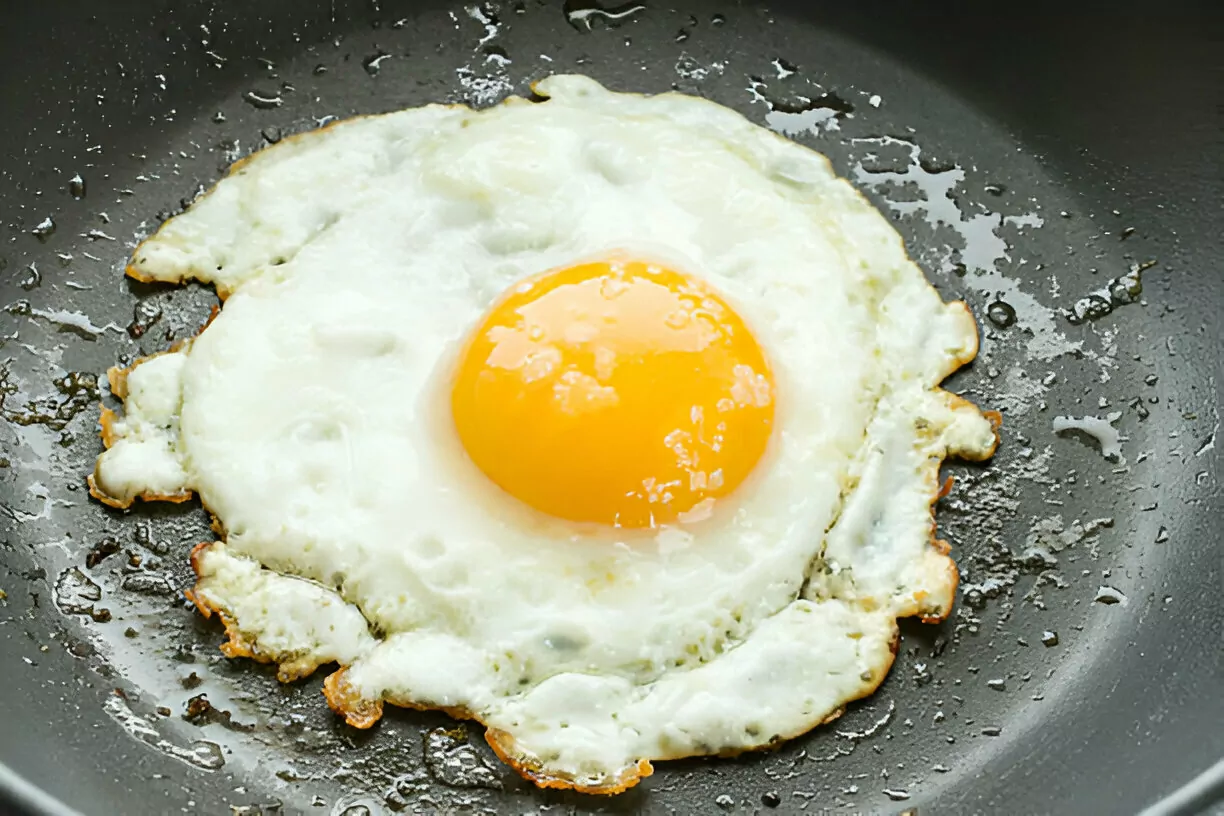
Fried Egg Recipe
Ingredients
- 1 egg
- 1 tablespoon extra-virgin olive oil
Instructions
- If you’re cooking a single egg, use a small skillet, preferably cast iron, for best results. For two eggs, opt for a medium-to-large skillet and increase the olive oil to 2 tablespoons.
- Begin by cracking the egg into a small bowl or ramekin and set it near the stove for easy handling. Heat your skillet over medium-high heat until a drop of water sizzles and evaporates rapidly upon contact.
- Lower the heat to medium and pour the olive oil into the skillet, swirling it around to ensure an even coating on the pan’s surface. The olive oil should shimmer, signaling it’s hot enough.
- Carefully pour the egg into the skillet, taking care to avoid any splatters from the hot oil. If cooking more than one egg, pour each onto a separate side of the pan to allow enough space.
- Cook the egg, gently tilting the pan occasionally to redistribute the oil. Allow the edges to become crisp and golden, and cook the yolk to your preferred doneness. For runny yolks, cook for about 2 minutes. For a slightly firmer yolk, extend the cooking time to 2 ½ to 3 minutes.
- Using a spatula, transfer the cooked egg(s) to a plate. If you plan to make additional eggs, add a small drizzle of olive oil to the skillet, keeping the heat on medium or reducing it slightly to prevent smoking. Repeat the process for each egg until all are cooked to perfection.

